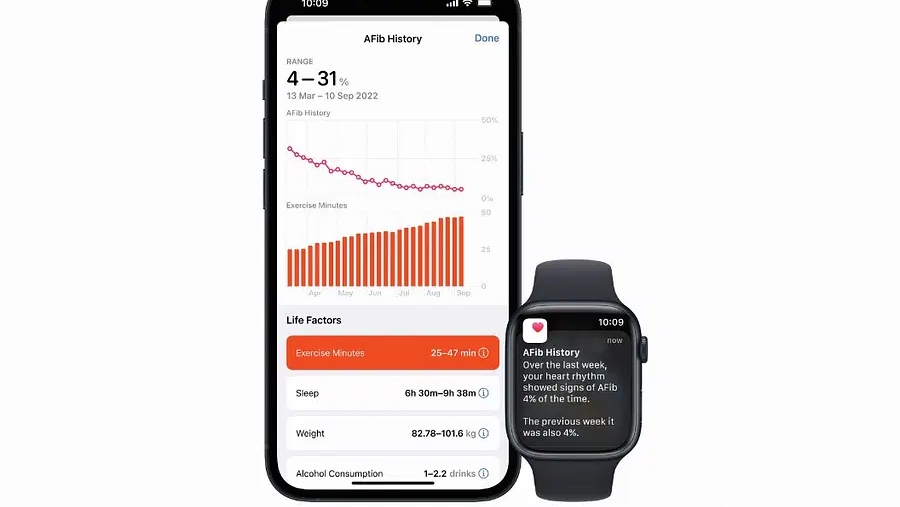
The Apple Watch stands as a powerful health tool, with its impact often being life-saving.
There are countless stories of people owing their lives to the features of the Apple Watch, particularly the detection of high or low heart rates and irregular heart rhythms.
In honor of Heart Month, here are five heart rate features you need to know about:
1. Abnormal Heart Rate Detection
Wareable
Squirrel_13020581
The Apple Watch monitors heart rates for abnormally high or low readings during rest periods, potentially signaling significant underlying health issues. Users receive notifications if their heart rate exceeds 120 bpm or drops below 40 bpm during 10 minutes of inactivity.
You have the option to adjust the notification threshold manually.
You can set it to 50bpm, 45bpm, or 40bpm. You can also turn it off. Go to Apple Health > Browse > Heart > Low Heart Rate Notifications to make the tweak.
2. Atrial Fibrillation Detection
Wareable
Atrial fibrillation (AFib) is a severe condition that can lead to heart failure, blood clot formation, and an increased risk of stroke. What's more, many Afib sufferers are asymptomatic and have no idea they are affected by the condition.
The Apple Watch scans for irregular rhythms and alerts users to potential issues.
If that happens, you'll want to use the ECG feature (read on).
Users can activate this feature by navigating to the Health app > Browse > Heart > Irregular Rhythm Notifications.
3. ECG
Wareable
For those who receive irregular heart rate rhythm notifications – or wish to perform spot checks on their heart rate rhythm – the ECG app is available. This is available on the Apple Watch Series 9 (and Series 8-6), and Apple Watch Ultra. It's not on the Apple Watch SE.
This FDA-cleared feature records a 30-second electrocardiogram of your heart rate, which can be shared with a doctor.
As AFib can be transient and not always present, taking an ECG when feeling unwell can help initiate a discussion with your doctor.
Users can start an ECG from the Apple Watch itself and access their ECG graph as a PDF in the Health app.
4. Cardio Fitness
Wareable
VO2 Max serves as a universal measure of fitness, characterized on the Apple Watch through the Cardio Fitness score. It's available as part of all Apple Watch models.
It estimates the body's oxygen processing capacity, usually assessed via a brutal laboratory test involving treadmill exercise, wearing a mask, and blood sampling.
It's a great resource for athletes wanting to check in on fitness levels like we've seen via Garmin and Polar sports watches. But the Apple Watch takes a different approach.
It can estimate VO2 Max at low levels. This enables it to notify users (through opt-in notifications) if their low fitness poses a health risk.
To see the stat, go to Apple Health > Browse > Heart > Cardio Fitness. It's also shown in the Fitness app, too.
5. AFib History
apple
Users diagnosed with AFib gain access to an additional unique feature.
AFib History tracks the frequency of irregular heart rhythms using the Apple Watch, and offers trends analysis via alerts and the Apple Health app.
The feature is designed to enable Afib suffers to log lifestyle factors, and aid in the exploration of associations between AFib and elements such as sleep and exercise.
The trends feature can also help inform the effectiveness of treatments – both in terms of medication, but also lifestyle changes. It's a super tool for Afib sufferers.
How we test
